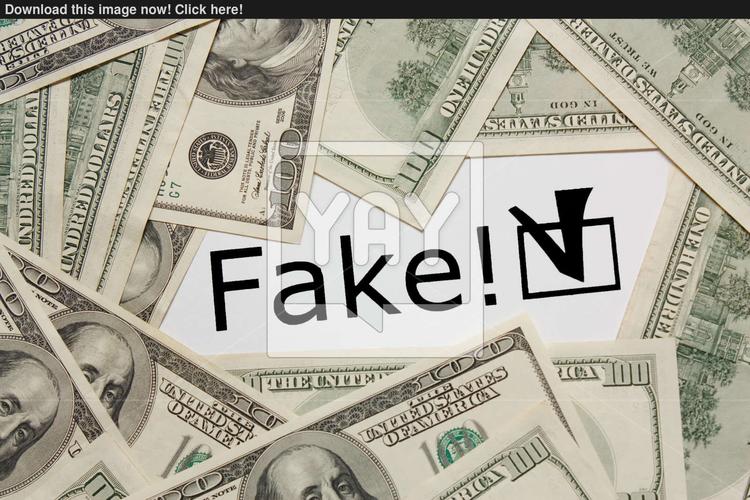
Board Games That Use Fake Money: A Detailed Overview
Board games have been a staple in family entertainment for generations. One fascinating aspect of these games is the use of fake money, which adds a layer of realism and strategy to the gameplay. In this article, we will delve into the world of board games that incorporate fake money, exploring their origins, benefits, and some popular examples.
Origins of Fake Money in Board Games
The concept of using fake money in board games dates back to the early 20th century. One of the earliest examples is “The Game of Life,” which was introduced in 1860. This game allowed players to simulate the real-life experience of earning money, buying property, and raising a family. Since then, many board games have adopted the use of fake money to create a more engaging and realistic gameplay experience.

Benefits of Using Fake Money in Board Games
There are several benefits to using fake money in board games:
-
Realism: Fake money helps players feel more connected to the game’s theme and objectives.
-
Strategy: Managing money becomes a crucial aspect of gameplay, requiring players to make informed decisions.
-
Accessibility: Fake money is easy to produce and can be used in a variety of games, making it a versatile tool for board game enthusiasts.

Popular Board Games That Use Fake Money
Here are some popular board games that incorporate fake money:
| Game Name | Year Released | Designer |
|---|---|---|
| The Game of Life | 1860 | Merrill-Brown Company |
| Cash Flow | 1996 | Robert Kiyosaki and Sharon Lechter |
| Monopoly | 1935 | Charles Darrow |
| Kingdomino | 2018 | Blue Orange Games |
The Game of Life is a classic example of a board game that uses fake money. Players start with a set amount of money and must make decisions about their career, family, and retirement. The game simulates real-life events, such as getting married, having children, and buying a house.
Cash Flow is a financial simulation game that teaches players about investing, saving, and managing debt. Players are given a set amount of money and must make decisions about how to invest their money to achieve financial freedom.
Monopoly is another iconic board game that uses fake money. Players buy, sell, and trade properties, earning money from rent and other sources. The goal is to become the wealthiest player by the end of the game.
Kingdomino is a unique game that combines the elements of a domino game with a board game. Players use fake money to purchase tiles that help them expand their kingdom. The game requires strategic thinking and planning to create the largest and most valuable kingdom.
Conclusion
Using fake money in board games adds a layer of realism and strategy that can make the gameplay more engaging and enjoyable. From classic games like The Game of Life and Monopoly to modern titles like Cash Flow and Kingdomino, there are many board games that incorporate fake money. Whether you’re a seasoned board game enthusiast or a casual player, exploring these games can provide hours of entertainment and learning opportunities.




